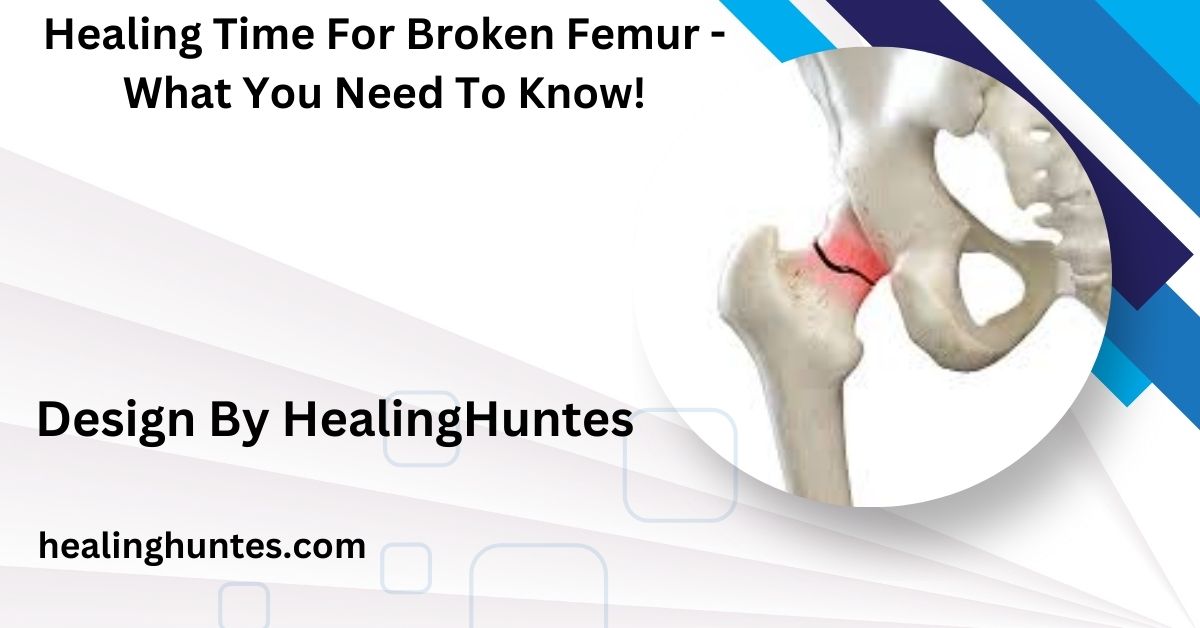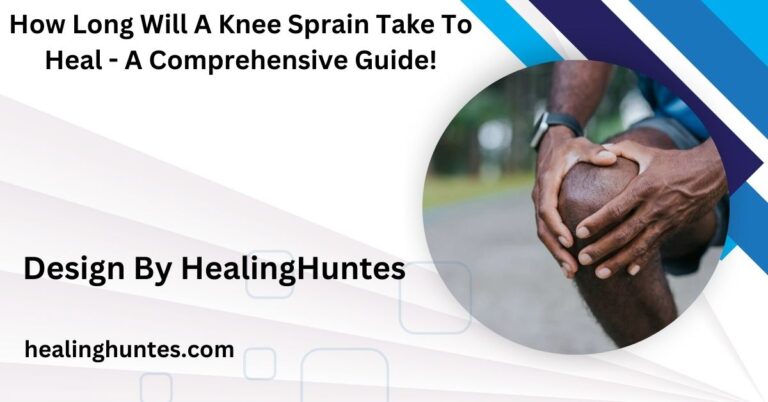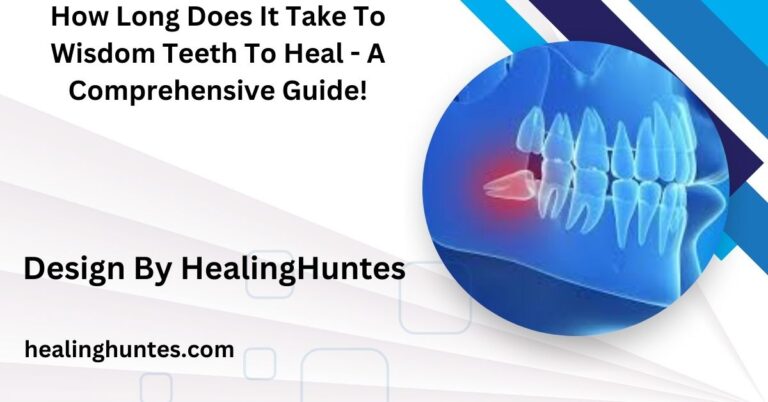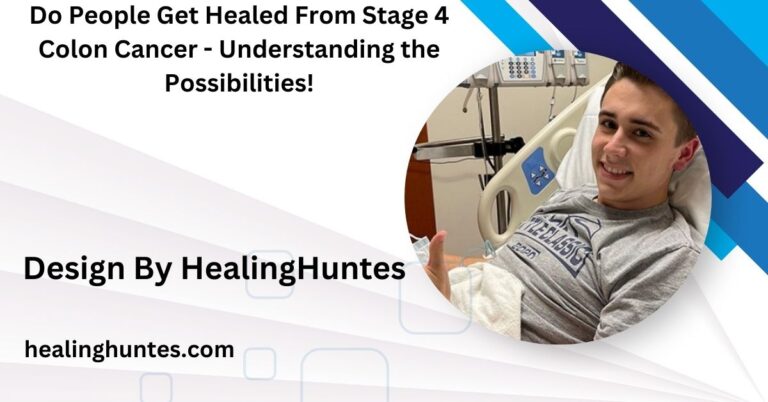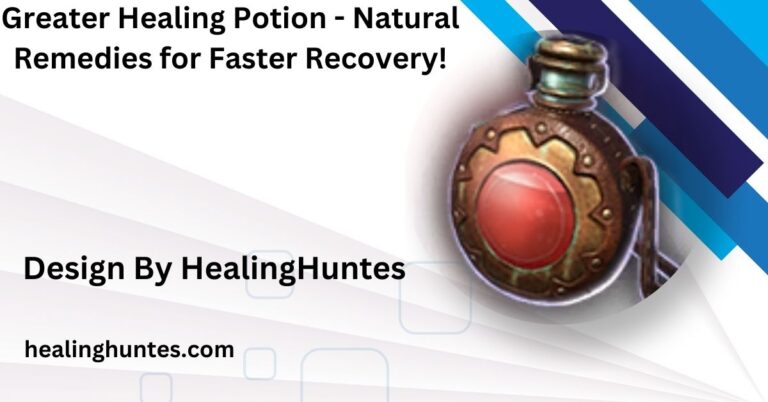Healing Time For Broken Femur – What You Need To Know!
The healing time for a broken femur typically ranges from 3 to 6 months, with full recovery possibly taking up to a year, depending on the severity and treatment.
This article provides a detailed exploration of the healing process, factors affecting recovery, and tips to promote faster healing.
Understanding the Femur: The Foundation of the Leg
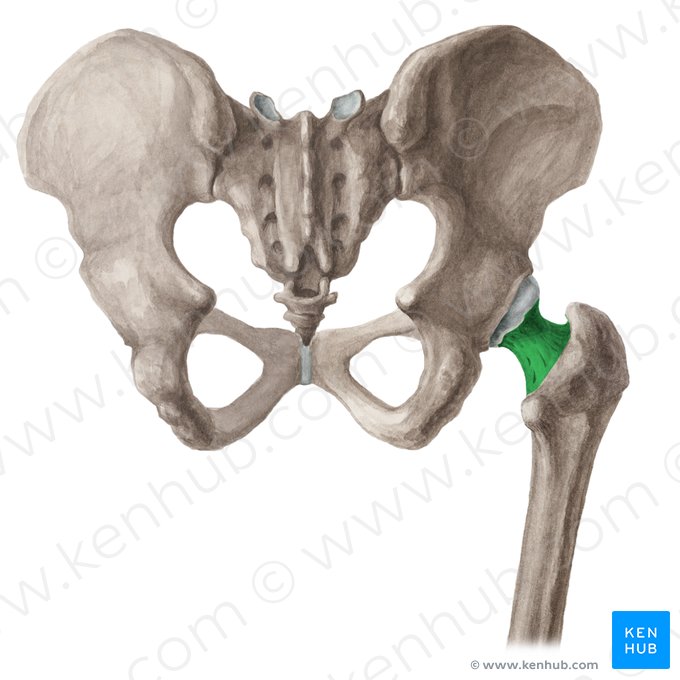
The femur, or thigh bone, plays a crucial role in supporting body weight and enabling movement. It connects the hip joint to the knee, making it essential for walking, running, and standing. Due to its size and strength, breaking the femur requires significant force, such as in car accidents or falls from a height.
Common Causes of Femur Fractures:
Femur fractures are severe injuries often resulting from significant force or trauma. Understanding these causes can help in preventing such injuries and recognizing when immediate medical attention is necessary. Below is an in-depth look at the most common causes:
High-Impact Accidents:
High-impact accidents, such as car crashes, are one of the leading causes of femur fractures. The force from a collision can easily break the femur, especially in severe accidents. These fractures often require surgical intervention and a longer recovery period.
Falls from Heights:
Falls from significant heights, like those from ladders or buildings, can lead to femur fractures, particularly in older adults. The impact from landing on the ground can cause the bone to break, requiring stabilization and often surgery for proper healing.
Also Read: How Long Does A Pinched Nerve Take To Heal – Pinched Nerve Healing Time!
Sports-Related Injuries:
Sports injuries, particularly in contact sports like football or soccer, can cause femur fractures. Direct trauma to the thigh during intense physical activity can result in fractures, with treatment varying depending on the severity and location of the break.
Additional Contributing Factors:
In addition to accidents and injuries, factors like osteoporosis, poor bone health, and weakened muscles can increase the risk of femur fractures. Older adults, in particular, may have bones that are more brittle, making fractures more likely with even minor falls or impacts.
How Is a Broken Femur Diagnosed:
Doctors diagnose a broken femur through a combination of physical examinations and imaging tests like X-rays or CT scans, which reveal the fracture’s location and severity. Symptoms typically include excruciating pain, visible swelling, and the inability to put weight on the injured leg. In severe cases, the leg may appear deformed or shortened.
Treatment Options for a Broken Femur:

The treatment of a broken femur is highly dependent on the location, severity, and type of fracture. Femur fractures can range from minor hairline cracks to severe breaks that require extensive medical intervention. Below are the most common treatment options, each suited to
Surgery: The Most Common Approach for Severe Fractures
Surgery is often necessary for severe femur fractures to realign and stabilize the bone. Techniques like intramedullary rods, plates, and screws are commonly used to hold the bone in place. Surgery typically leads to faster recovery and allows patients to bear weight on the leg sooner.
Casting: Suitable for Less Severe Fractures
For less severe, non-displaced fractures, a cast may be enough to immobilize the bone while it heals. The cast prevents movement, allowing the bone to regenerate naturally. Although less invasive, casting requires a longer healing period compared to surgical options.
Rehabilitation: Essential for Full Recovery
Rehabilitation is crucial for restoring strength, mobility, and function after a femur fracture. It typically includes weight-bearing exercises, range-of-motion activities, and strength training to support bone healing and prevent complications. A tailored physical therapy plan helps ensure a full recovery and reduces the risk of long-term issues.
Also Read: How To Heal A Wound Quickly – Steps for Faster Healing!
Non-Surgical Options: For Minor Fractures or Older Patients
For minor fractures or older patients, non-surgical treatments like bed rest, limited activity, and bracing can be effective. These methods help stabilize the bone while it heals without the need for invasive surgery. However, healing may take longer, and close monitoring is essential to ensure proper recovery.
Post-Treatment Care:
After surgery or casting, post-treatment care is crucial to prevent complications. Patients may be prescribed pain relievers, anti-inflammatory medications, or anticoagulants to prevent blood clots. Regular follow-up appointments with the doctor will be necessary to monitor healing through imaging tests, ensuring the bone is aligning properly and healing at the expected rate.
What Is the Healing Time for Broken Femur:
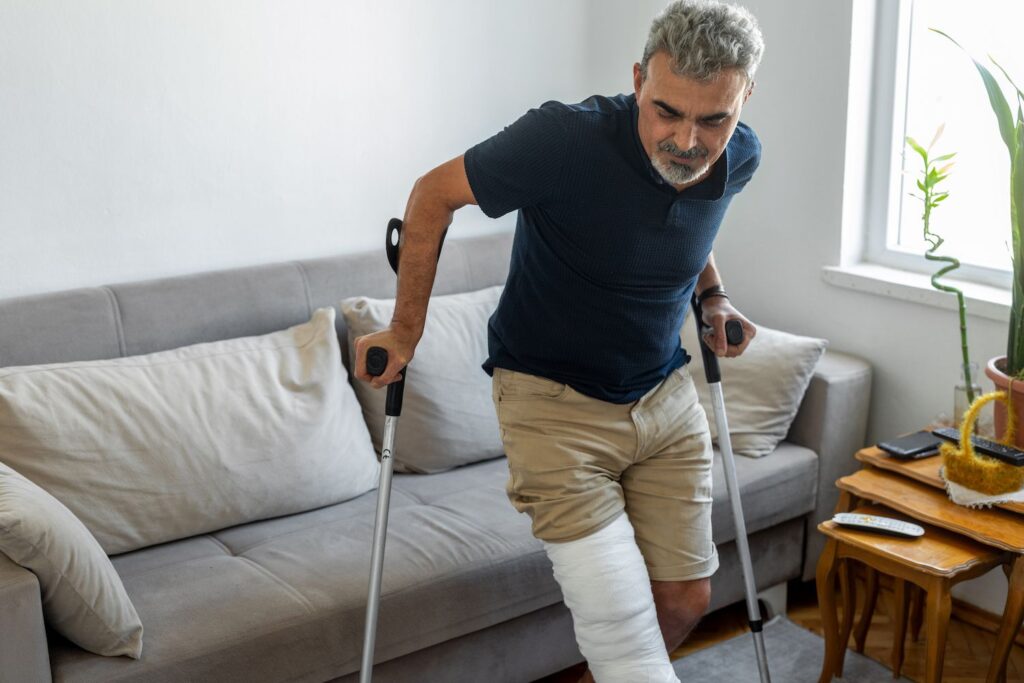
The healing time for a broken femur can vary significantly depending on several factors, but on average, most patients can expect the recovery process to take anywhere from 3 to 6 months. However, achieving full recovery, which includes regaining strength, mobility, and function, can extend up to 1 year, especially in cases where the fracture is complex or there are complications.
Age: Younger Individuals Heal Faster
One of the most significant factors influencing the healing time for a broken femur is the age of the individual. Younger people tend to heal much faster than older adults. This is primarily because younger individuals have a more active bone regeneration process and better overall circulation, which helps deliver nutrients and oxygen to the injured area.
Fracture Type: Open Fractures Take Longer to Heal
The type of fracture is another major factor influencing recovery time. There are two primary types of femur fractures: closed fractures and open fractures (also known as compound fractures).
- Closed Fractures: These occur when the bone breaks but does not pierce the skin. This type of fracture typically heals faster, especially if there is no significant displacement of the bone. Healing usually takes between 3 to 6 months, depending on the severity and treatment method.
- Open Fractures: In these cases, the broken bone punctures through the skin, which can result in increased risk of infection and complications. These fractures often require more intensive treatment, including surgery, wound care, and possibly antibiotics to prevent infection.
Also Read: Do Oral Ulcers From Chemo Heal – Tips and Remedies!
Health Status: Conditions Like Osteoporosis Can Prolong Recovery
The overall health of the patient can also affect the healing time. Pre-existing health conditions such as osteoporosis or diabetes can make recovery more difficult and prolong the healing process.
- Osteoporosis: This condition weakens the bones, making them more prone to fractures. In individuals with osteoporosis, even a less severe femur fracture might take longer to heal because the bones lack the necessary density to support quick recovery.
- Diabetes: People with diabetes may experience slower healing times due to poor circulation, which impairs the body’s ability to send healing nutrients to the injury site. Additionally, diabetic patients are at higher risk for infections, which can further delay healing.
The Healing Process: Stages Explained
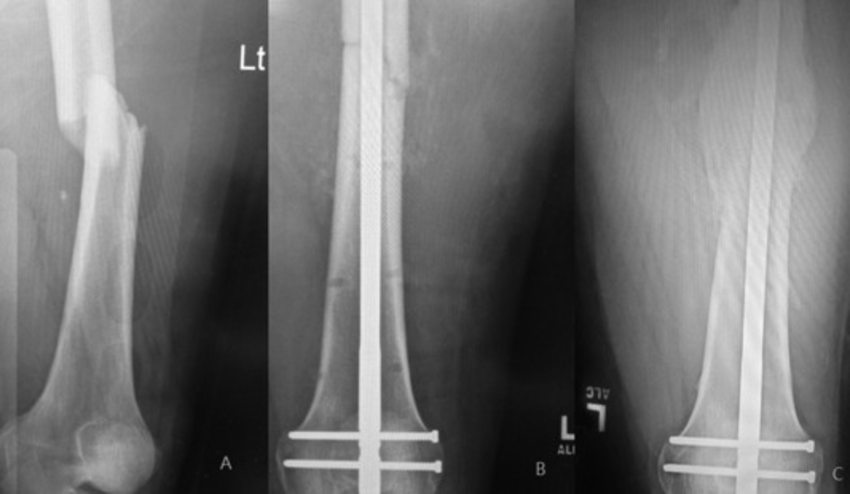
The healing process for a broken femur occurs in three key stages. The inflammation phase (1-2 weeks) involves blood clot formation around the fracture to protect it. The repair phase (3-12 weeks) sees the formation of new bone tissue, while the remodeling phase (up to 6 months) strengthens and reshapes the bone to restore its full function.
- Inflammation Phase (1-2 weeks): The body forms a blood clot around the fracture site to protect it.
- Repair Phase (3-12 weeks): New bone tissue, known as callus, starts to form.
- Remodeling Phase (up to 6 months): The callus transforms into strong, mature bone.
Potential Complications During Recovery:
Complications during femur recovery are rare but can include infections, delayed healing, and blood clots. Infections may occur after surgery, leading to extended recovery times. Delayed healing is more common in patients with certain health conditions, while immobility can increase the risk of blood clots, which require careful management.
Infections:
Infections can occur, particularly after surgery where the skin is opened. These can lead to longer recovery times, increased pain, and the need for additional treatments like antibiotics. Prompt medical attention can help prevent and treat infections early.
Delayed Healing:
Some patients, especially those with diabetes, osteoporosis, or smoking habits, may experience delayed bone healing. Poor circulation and weaker bones can slow down the body’s ability to regenerate bone tissue, extending the recovery time significantly.
Blood Clots:
Prolonged immobility, especially after surgery, can lead to the formation of blood clots. These clots can travel to the lungs (pulmonary embolism), which is a serious medical emergency. Regular movement, medication, and close monitoring can help reduce this risk.
FAQ’s
1. What is the average healing time for broken femur injuries?
The average healing time for a broken femur is 3 to 6 months, but full recovery may take up to a year.
2. Can you walk with a broken femur?
No, walking is impossible with a broken femur until significant healing has occurred or surgery is performed to stabilize the bone.
3. Does age affect the healing time for broken femur fractures?
Yes, younger individuals tend to heal faster due to more robust bone regeneration, while older adults may require additional time.
4. What foods help improve the healing time for broken femur injuries?
Foods rich in calcium, vitamin D, and protein, such as dairy products, leafy greens, and lean meats, promote bone healing.
5. Is surgery always required for a broken femur?
Not always. Surgery is common for severe fractures, but minor fractures might heal with casting and immobilization.
Conclusion
The healing time for a broken femur can vary greatly depending on factors such as age, the severity of the fracture, and overall health. While most fractures heal within 3 to 6 months, full recovery can take up to a year, especially in complex cases. Treatment options range from surgery and casting to non-surgical methods for less severe fractures. Rehabilitation plays a crucial role in restoring mobility and strength, helping patients regain their full function.
